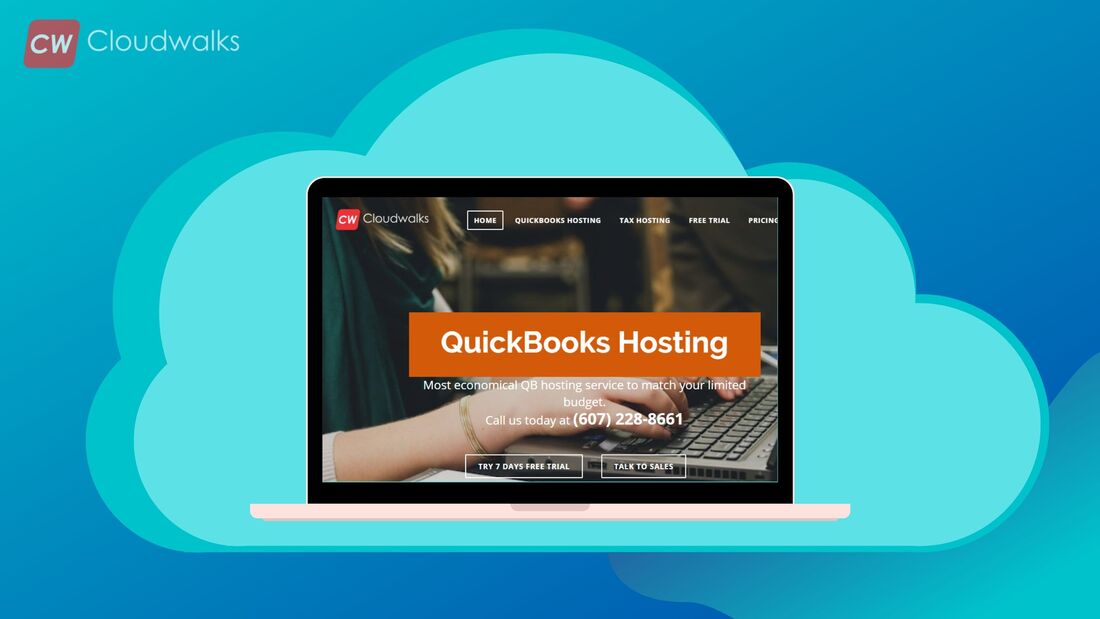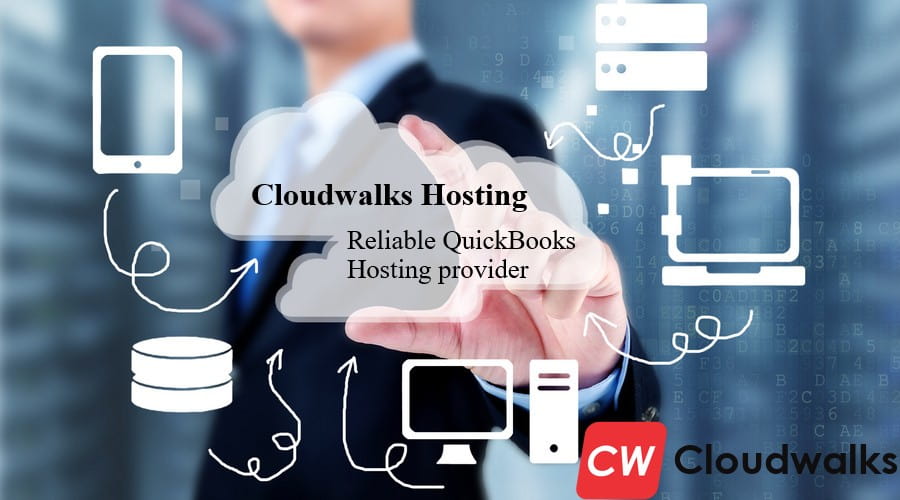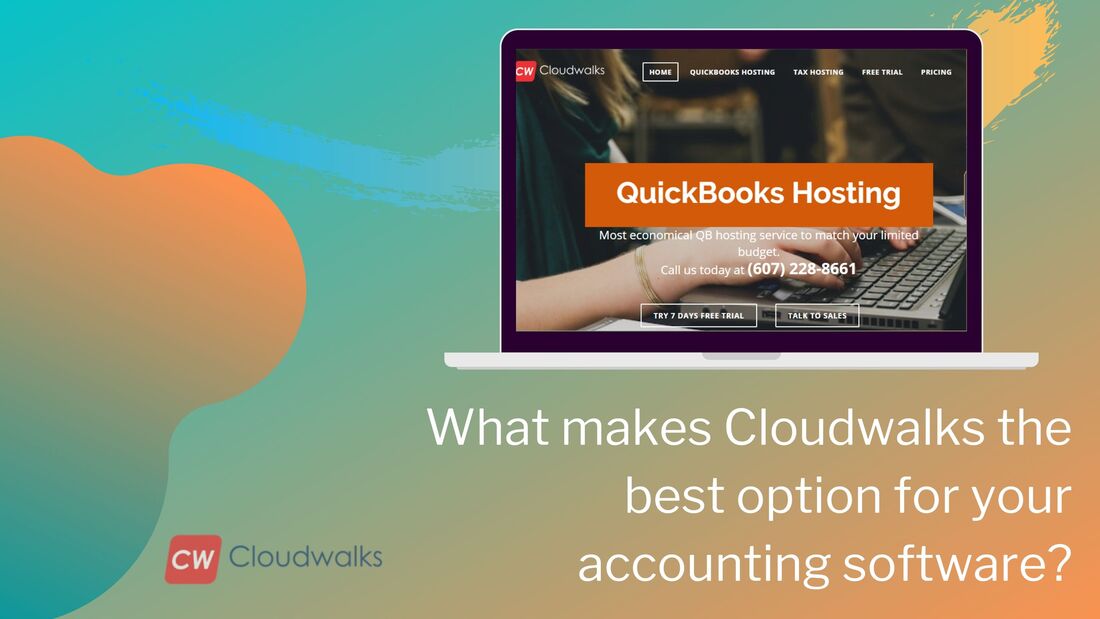Current setupYour current accounting, HR, marketing, and sales department may be equipped with the latest desktops and laptops and you might be living in the misconception that you are using the latest technological solution. But you should know that technological evolution never waits for anyone and what you are using now will become outdated in just a couple of years. In order to stay relevant in the industry and in order to stay productive, you will have to match your pace with the technological evolution, but what is much better than the current system you are using? Well, the answer lies in the revolutionary technological solution; cloud computing. Most of the people must have heard about cloud computing as it is no more a new kid on the block but only a handful of people will be aware about the advantages offered by this robust, economical, and advantageous technological solution. In this guide, we will cover each and every aspect of cloud so that instead of analyzing cloud by the look of things, you can make more informed decisions. The cloud glossary In most cases, you will find a glossary at the end of the content, but before moving forward, we will need to get clear about some of the key terms that will be used again and again. The intro glossary will help you go through the guide in a much better way and you will never go astray while going through this impeccable guide. Workstation- A desktop with other hardware components. From printers to CPU, everything is a part of the hardware and it comes under the workstation. Data- All the information that you have and that can be used for analysis and reporting. Big data- Large set of data that may be analyzed computationally for revealing patterns, reports, and trends. Application- It is basically a type of software inside the memory of the computer and they can be used by the computer user for performing specific tasks. Software- A certain type of program and a combination of executable processes that are stored in the memory of a computer. It can be either installed on the computer or used through cloud hosting. Uptime- The percentage of time a machine or solution has been working or is available for use. Encryption- The process of encoding information. Cloud vendor- The Company that sells software as a service, storage, or computing infrastructure over the internet. Pay-as-you-go- A system of meeting cost as they arise. First, we will talk about the “What”Cloud computing is basically the delivery of on-demand computing services like storage and application through the internet and it basically works on a pay-as-you-go model. One of the best examples of cloud computing applications is Google Drive. You don’t need to install GDrive on your computer, as you are given the storage space through the internet and you can access, edit, share, and save data in Gdrive, regardless of your location and time. If you want to understand cloud in a much simpler way than you can take the example of Facebook. When you use Facebook through your desktop or laptop, you don’t really need to install any app, rather you simply enter the URL and you are able to access FB. And when you upload a picture on FB, you can share it with all your friends and you can then view your photo from any device, from any place and at any time. This is how the cloud works. Few important points regarding cloud computing
And then the “Why” If you are using traditional software solutions and facing many issues, then it’s time to step up to the plate and in order to begin on the right foot, you will have to choose cloud. If you are wondering why then here are the top reasons:-
Finally the “How” If you are using a traditional solution and looking to step up to the plate by shifting to the cloud platform, then you will have to make a paradigm shift and this shift is basically known as cloud migration. There are basically two ways of moving to the cloud: On-premise cloud infrastructure- In this type of cloud migration, you will have to build your own It infrastructure that will be equipped with servers and other hardware. You will also need to hire an IT team that will take care of the uptime of cloud. Third-party cloud vendor- In this type of cloud migration, you just need to choose a cloud vendor and then all the hassle related to the migration can be offloaded on the cloud vendor. It is a much economical way of cloud migration. Since on-premise cloud infrastructure is not feasible for small and medium-sized businesses and it is used by giant companies only, we are going to talk about the steps involved in third-party cloud vendor migration. Analyzing the need You will have to begin your journey of cloud migration by analyzing your basic need for the paradigm shift. From saving money to enhance collaboration, there can be several reasons for the shift. Deciding what you want to shiftThen you will have to choose the solutions that you want to shift to the cloud. For example, if you are using the QB desktop, then you can shift it to the cloud and start using QuickBooks cloud hosting. Choose the right cloud vendor After that you will have to choose the right cloud vendor as there are many cloud vendors out there and zeroing down to get a pristine and fruitful cloud vendor depends on you. Train your employees Since cloud computing will be an alien technology for your employees, you will have to train them before introducing the new solution. Go for the shiftFinally, after following the above-mentioned steps, you can go for the shift without any hassle. Conclusion Now that you have understood each and everything about cloud, things will never go haywire and you will never go astray while making a decision regarding cloud. The current era demands using cloud computing at any cost and if you want to step up to the plate, then you should make this shift as soon as possible.
0 Comments
Your comment will be posted after it is approved.
Leave a Reply. |
Most useful blogs |
Hosted Applications |
Tax Hosting Services |
Accounting Applications |
ContactAddress
Cloudwalks Hosting, Inc. 40 Exchange Place, Suite 1602 New York, NY 10005 |


 RSS Feed
RSS Feed




